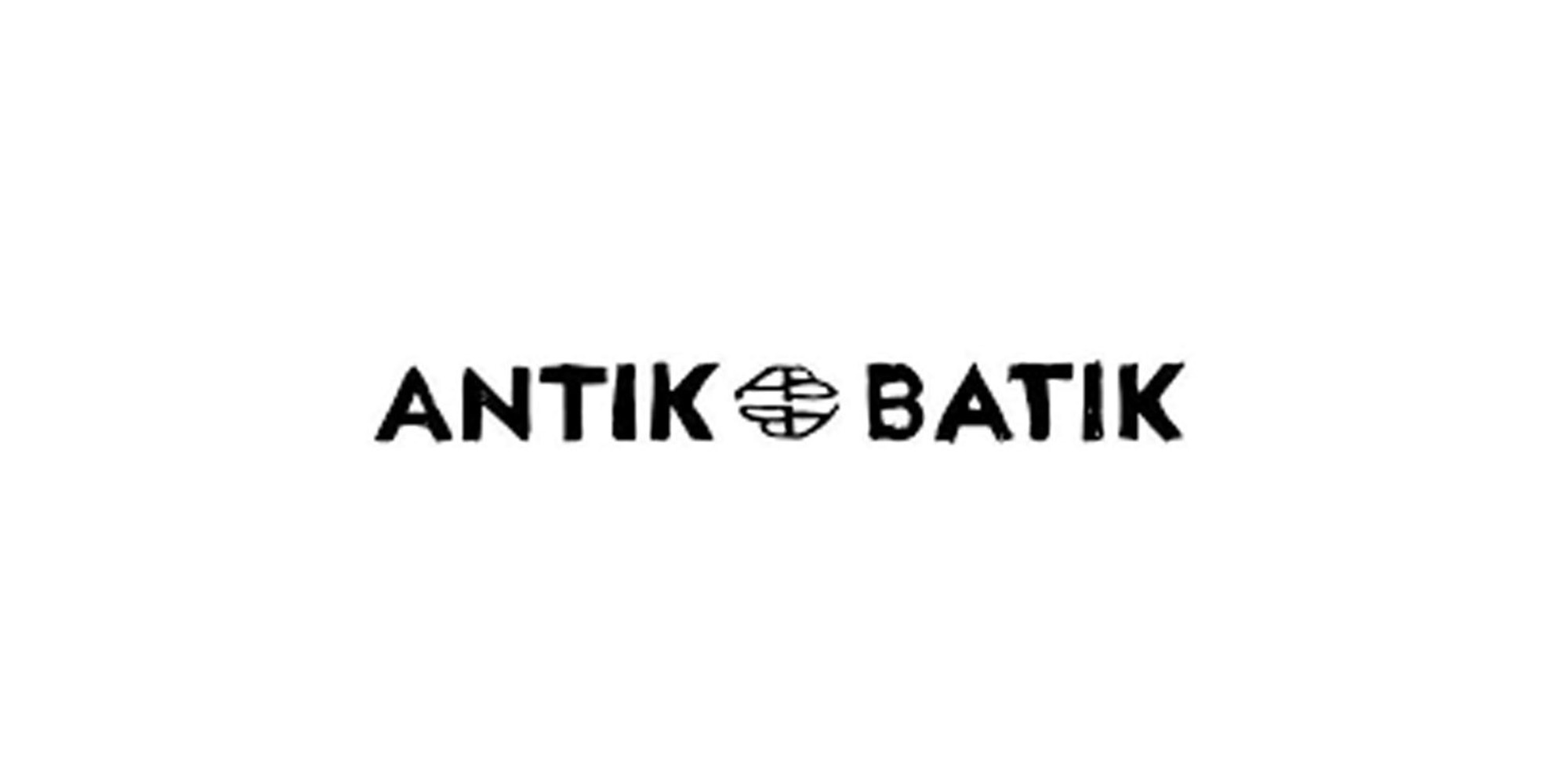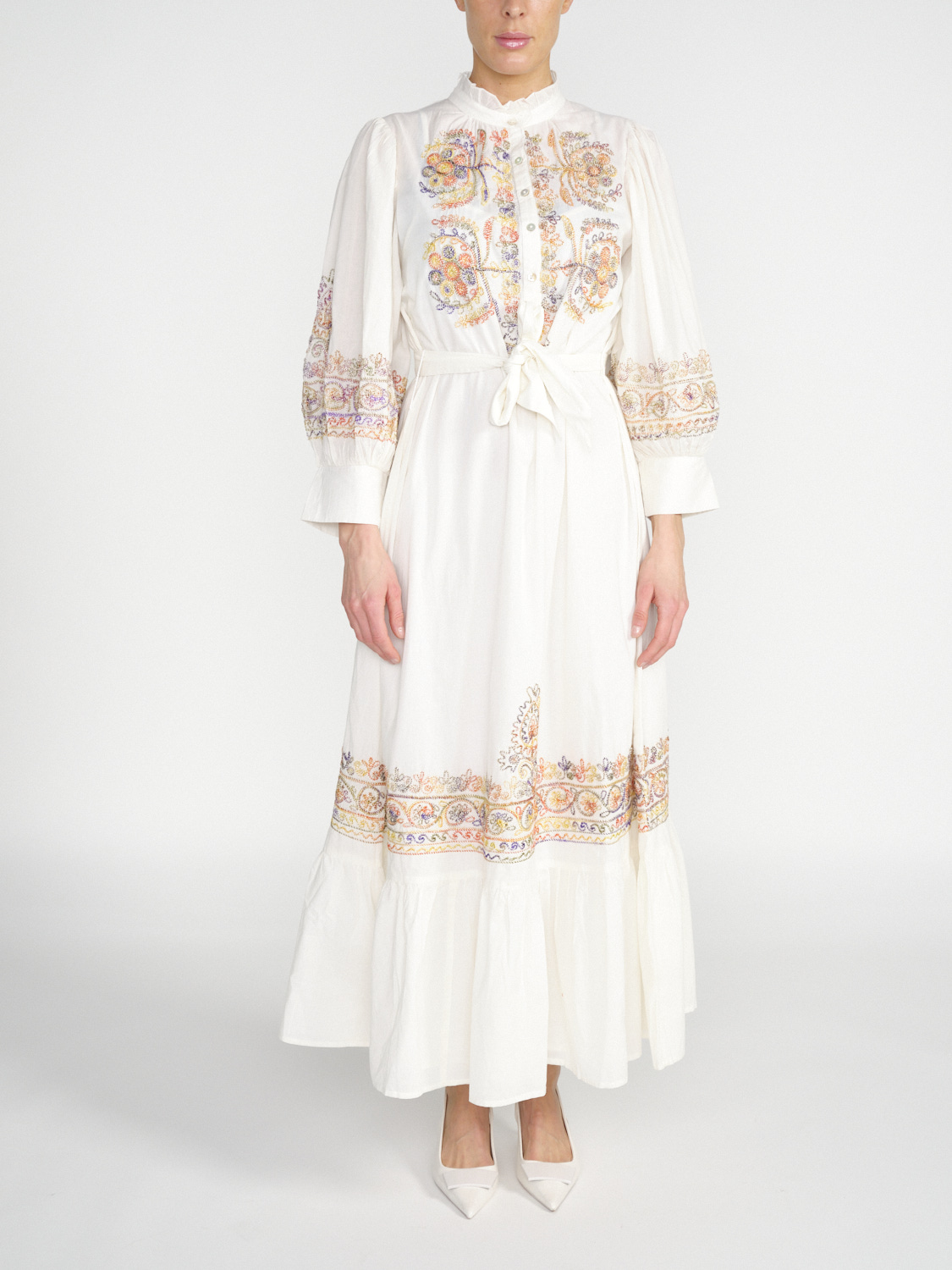
Antik Batik, the boho-chic brand launched in 1992, reflects the influences of a world traveler. The colorful works of art combine natural materials with handcrafted embroidery. At the same time, the brand focuses on sustainable production, creating unique, ethical fashion for a global, style-conscious community.
Gabriella Cortese and the founding of Antik Batik
Antik Batik was founded in 1992 by Gabriella Cortese. Hailing from Turin, Gabriella Cortese is the visionary founder behind the brand, who created a unique and authentic style of "Boho-Chic". The roots of Antik Batik lie in the craftsmanship that Gabriella Cortese discovered on her travels. In an era of industrial mass production, continuing this anachronistic manufacturing process is a form...






